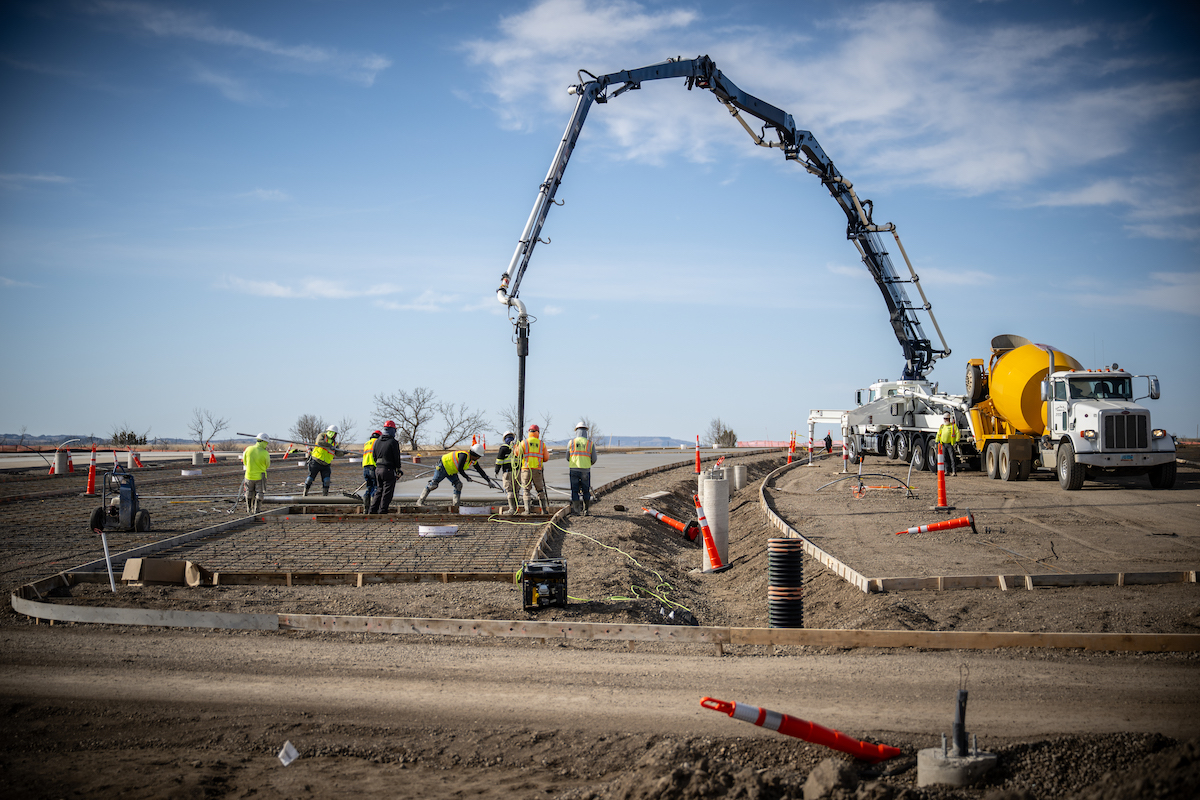WisDOT chose Alternative 4M — high-level fixed partial offset (revised for business access) — after years of coordination and outreach with stakeholder groups, businesses, industry, the public, and city leaders.
“It’s through this collaborative process of sharing concerns and comments that we were able to come to a consensus on a structure that will meet the needs of Oshkosh for decades to come,” said Tom Buchholz, WisDOT Northeast Region Director. “I’d like to thank the residents and leaders of Oshkosh for all their time and effort devoted to this important design decision.”
The high-level, fixed bridge on a partially offset alignment was chosen among dozens of alternatives provided to the public for comment. It will maintain safe access and passage for all users including motorists, bicyclists, pedestrians, persons with disabilities, and waterway users, and meet the transportation needs of the city.
- Improved safety: The new bridge width and profile will improve safety for all users. The high-level fixed bridge will increase width to accommodate 11-foot travel lanes as well as five-foot bicycle lanes and six-foot sidewalks on both sides.
- Improved traffic flow/boat passage: Allows for improved navigation clearance for boaters and less travel delay for motorists. The new bridge will have a 23-foot vertical clearance, allowing for all boaters to pass under the bridge without need for a lift span that delays motorists.
- Improved multi-modal opportunities: Better accommodations for bicycle and pedestrian travel and links to the river walks on both shores, including the potential to separate the river walks under a new bridge.
- Less future impact: The new bridge will provide roughly 75 years of life before the next major improvement.
- Lowest overall cost compared to new bascule/lift bridge or rehabilitation when evaluated over a 75-year typical bridge life span. The current estimate for a fixed bridge is in the $19-23 million range. The lift bridge would cost roughly $20-25 million more to construct. Lift bridges have significantly higher maintenance costs throughout the life of the structure. The city will be owner of the new bridge and responsible for maintenance costs.
- Emergency services: Provides a continuous river crossing without interruptions for emergency services.
WisDOT initiated a study in 2015 to develop and evaluate a range of potential Fox River crossing alternatives that would address the nearly 70-year-old structure as it nears the end of its service life. The study paused in late 2017 and resumed in 2021. While the bridge is safe and structurally sound, regular inspections have confirmed that maintenance operations will only extend the bridge life a limited number of years and replacement is needed.

| Your local Komatsu America Corp dealer |
|---|
| Road Machinery and Supplies Company |
WisDOT plans to submit a draft environmental document for review this summer to the Federal Highway Administration. Environmental approvals are anticipated in 2024 and design will continue through 2027. Construction is currently anticipated to begin in 2028.




































































